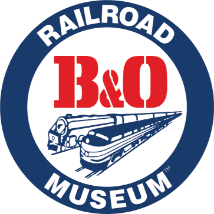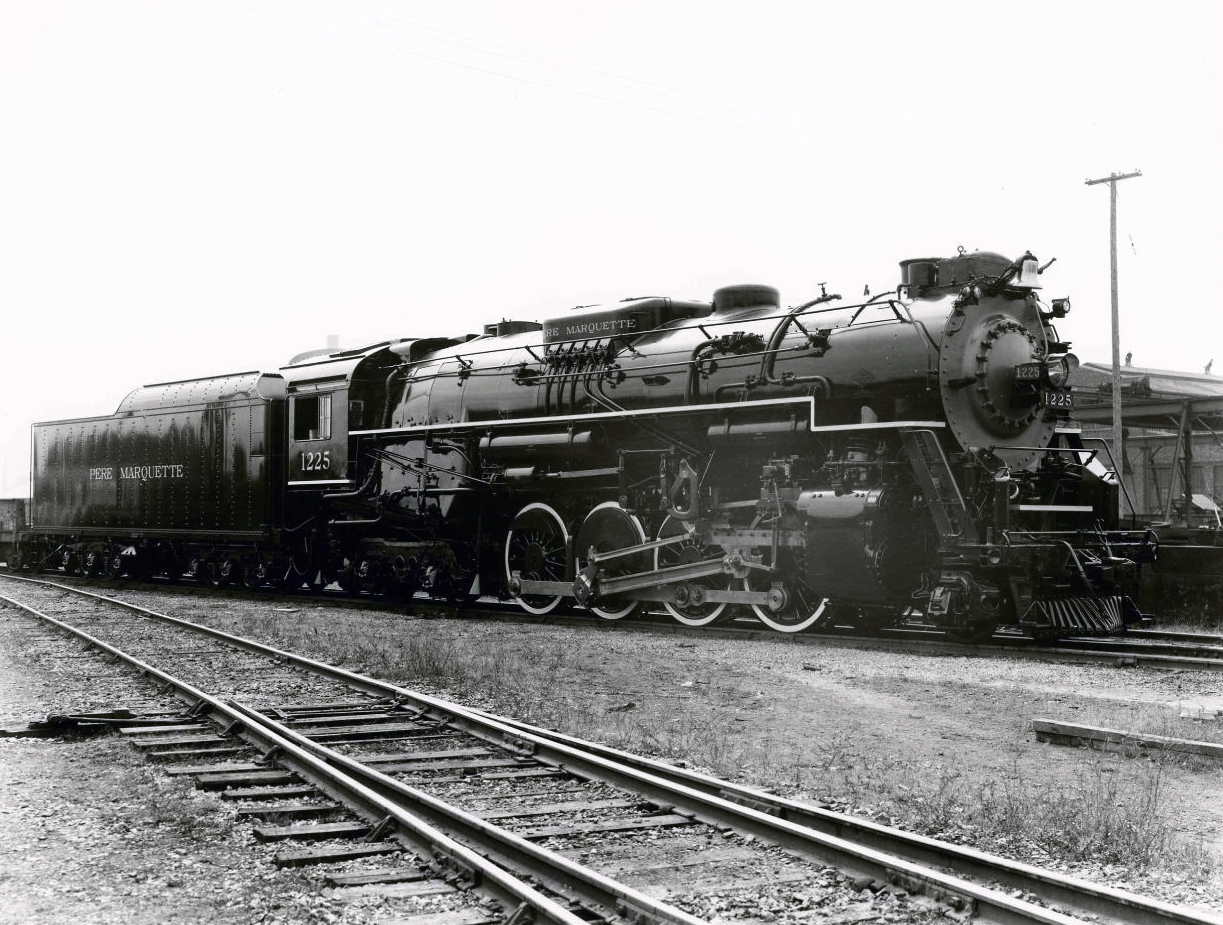How a 1941 Steam Locomotive Became an Inspiration for a Blockbuster Movie
Every holiday season, The Polar Express™ captivates the hearts of many, taking audiences through a magical ride to the North Pole. This holiday favorite follows the journey of a young boy to the North Pole to rediscover his belief in Santa Claus. The story of The Polar Express™ was created by illustrator and writer Chris Van Allsburg and hit shelves in 1985. In 2004, the animated adaptation by filmmaker Robert Zemeckis hit the big screen and became the favorite of families everywhere.
The perfect story for a rail fan during the holidays, The Polar Express™ engine was inspired by The Pere Marquette No. 1225, a still extant locomotive currently located in Michigan. No. 1225 was built in October 1941 by Lima Locomotive Works, a manufacturer based out of Ohio. Contrary to the claims made by the “Know-it-all Kid” in the film, The Polar Express™ was not built in 1931 by Baldwin Locomotive Works. The No. 1225 is a steam locomotive and part of the PM’s N-1 class. Today, the real-life Polar Express is one of only two surviving Pere Marquette steam locomotives in the world.
In 1957, the No. 1225 was retired and donated to Michigan State University by the Chesapeake and Ohio Railway, where it was displayed as an icon of the steam-era until 1969. The locomotive was cared for by the Michigan State Trust for Railway Preservation (MSTRP), and in 1985, the same year that The Polar Express™ hit shelves, No. 1225, ran under its own power for the first time in 34 years. To this day, No. 1225 remains in operable condition.
For the development of 2004, the No. 1225’s design plans were borrowed from the Steam Railroading Institute, part of the MSTRP, for the film’s development.
The inspiration for the film’s North Pole also has ties to the American railroad through famed inventor and businessman George Pullman. Pullman was the creator of the Pullman Palace Car Company, which revolutionized luxury passenger car service and led to the rise of the Pullman Porters across the railroad.
Pullman also developed an idealistic town for his railcar manufacturing facilities and workers, located in the southside of Chicago and named “Pullman Village.” Many of the buildings of the original Pullman Village continue to exist to this day and Filmmaker Robert Zemeckis grew up in the area. The buildings are largely comprised of elements typical of American Queen Anne, which draws on Gothic Revival and incorporates an asymmetric but balanced design.
The architectural elements of the Pullman area are reflected in the film’s North Pole, especially Santa’s factory, which closely resembles the Pullman Clock Tower and Administration Building. In “The Art of the Polar Express,’ which was released in 2004, alongside the film, there are several photos of the neighborhood as a source of inspiration.
Beyond design similarities, the purpose of Pullman Village and the North Pole are similar – both functioned as housing and a worksite for high-production endeavors!
This holiday season, you can experience the magic of The Polar Express™ at the B&O Railroad Museum!


